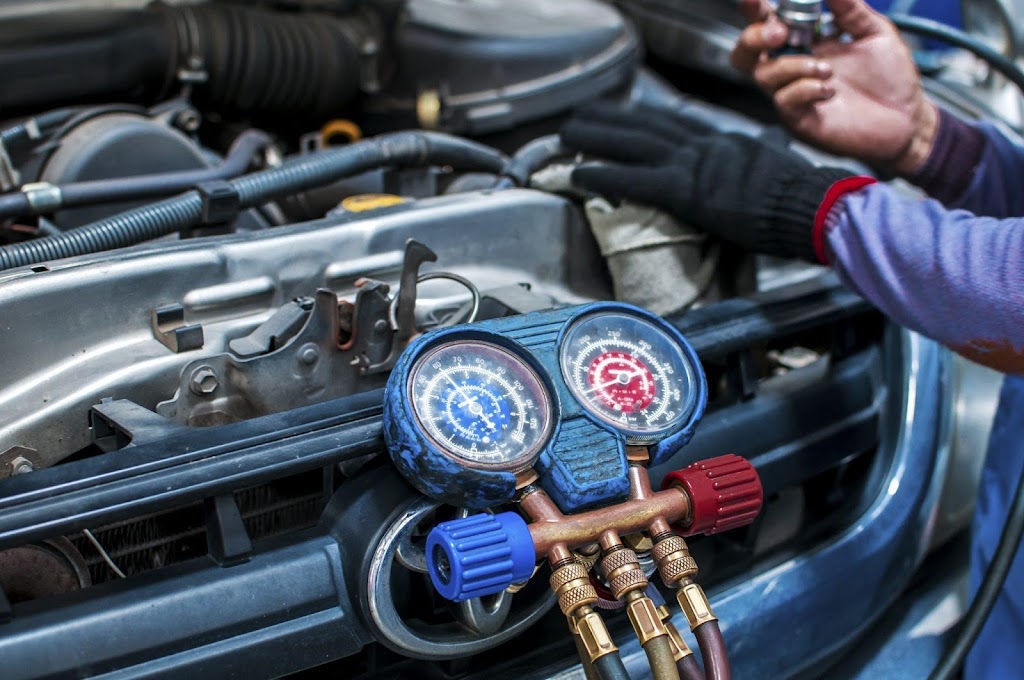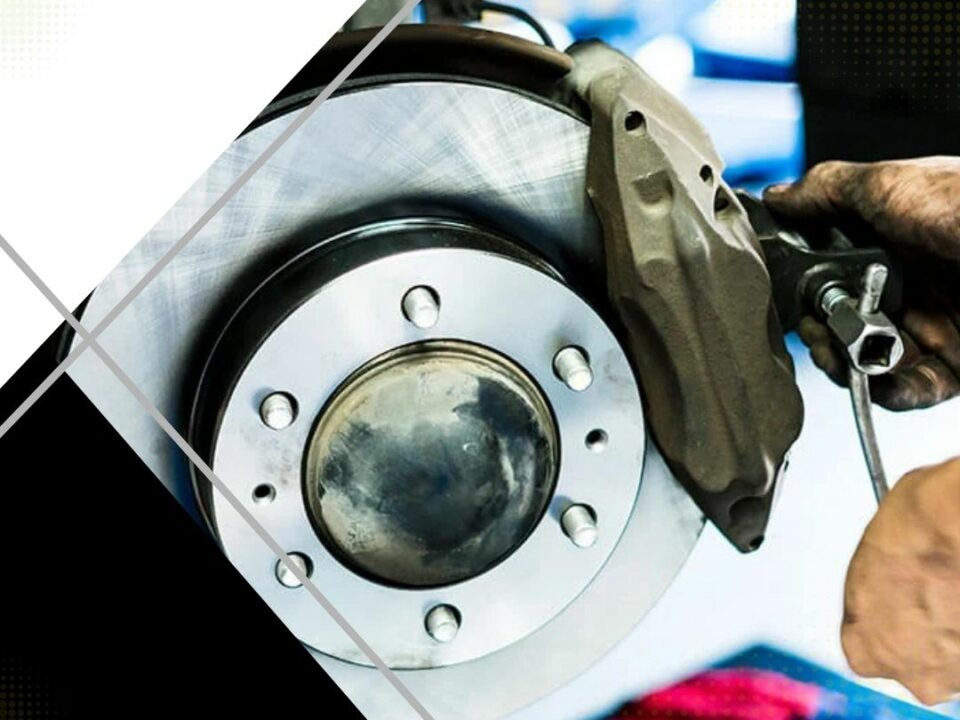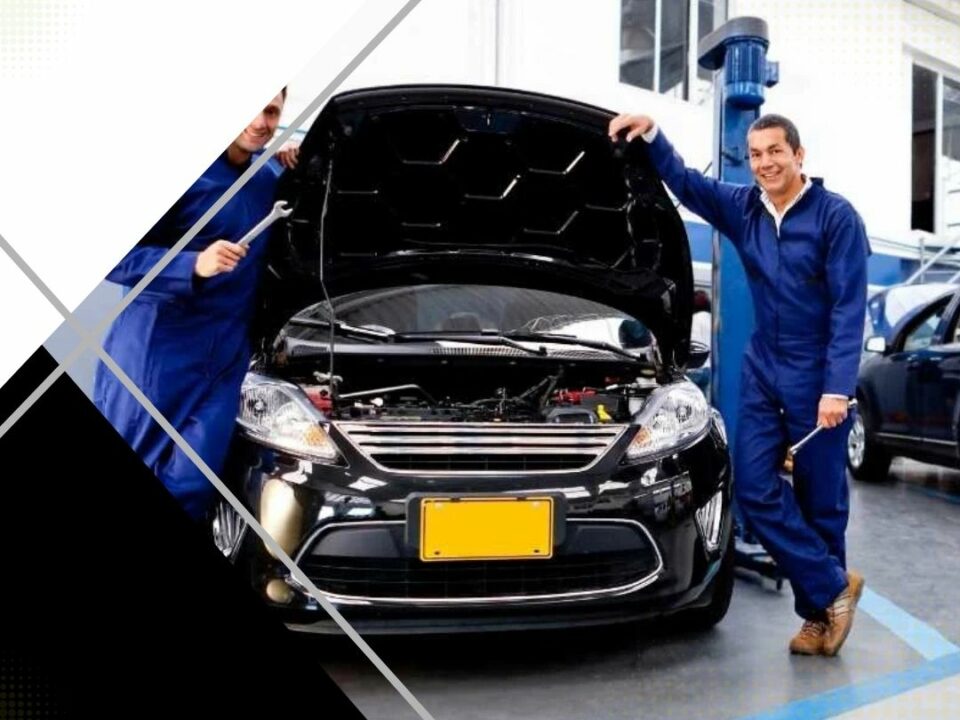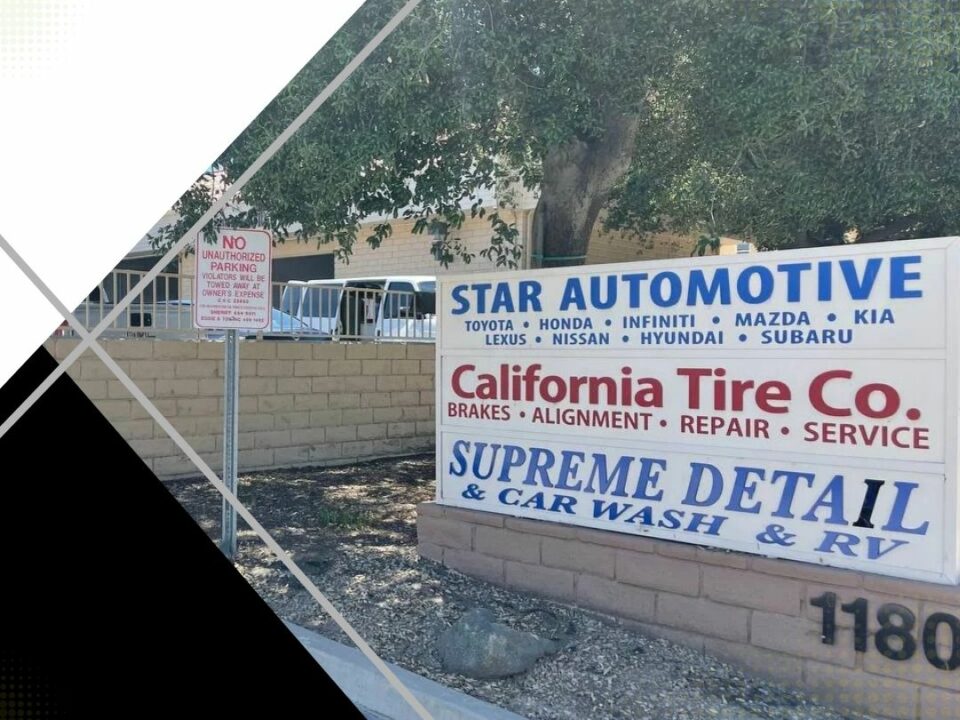How Preventive Maintenance Can Save You Money on Vehicle Repairs
September 16, 2024Top 5 Preventive Maintenance Tips to Keep Your Vehicle Running Smoothly
September 16, 2024
Ensuring the longevity and reliability of your vehicle hinges on a meticulously crafted preventive maintenance checklist. This strategic approach not only minimizes the likelihood of mechanical failures but also enhances safety and performance. Critical components warranting regular attention include fluid levels, tire conditions, and the functionality of braking and electrical systems. Key practices, such as timely oil changes, diligent cooling system upkeep, and comprehensive brake inspections, form the backbone of effective maintenance. As we explore each of these elements in detail, you’ll discover the indispensable practices that keep your vehicle operating at its peak.
Routine Inspections
Routine inspections are an essential component of preventive vehicle maintenance, ensuring both safety and longevity. A meticulous approach to these inspections can significantly reduce the risk of unexpected breakdowns, costly repairs, and potential safety hazards. By adhering to a regular inspection schedule, vehicle owners can identify and address minor issues before they escalate into major problems.
Key areas of focus during routine inspections include the examination of fluid levels, tire condition, brake functionality, and electrical systems. Checking fluid levels—such as engine oil, coolant, brake fluid, and transmission fluid—ensures that the vehicle operates smoothly and efficiently.
Tire inspections, including tread depth and pressure checks, are critical for maintaining optimal traction and fuel efficiency.
Brake inspections should cover the condition of brake pads, rotors, and fluid, ensuring responsive stopping power.
Electrical system checks involve testing battery health, inspecting wiring, and verifying the functionality of lights and signals.
Incorporating routine inspections into your vehicle maintenance regimen fosters a sense of community among conscientious vehicle owners. It promotes shared values of safety, reliability, and responsibility. By prioritizing these regular check-ups, you contribute to a culture that values preventive care, ensuring that all members of the community can travel confidently and securely.
Essential Maintenance Steps
Adopting a proactive approach to vehicle care, essential maintenance steps form the backbone of a robust preventive maintenance strategy.
Regularly changing the engine oil and oil filter is paramount to ensuring the longevity and efficiency of your engine. Utilizing the manufacturer-recommended oil type and adhering to the suggested change intervals can prevent undue wear and tear.
Equally critical is maintaining the cooling system. Routinely checking coolant levels and inspecting hoses for leaks or cracks can avert overheating, which is a leading cause of engine failure.
Pay close attention to the brake system as well. Regularly inspecting brake pads, rotors, and fluid levels ensures optimal stopping power and safety.
Tire maintenance should not be overlooked. Regularly check tire pressure, rotate tires every 5,000 to 7,000 miles, and monitor tread depth to ensure even wear and prolong tire life.
Battery care is another cornerstone; clean the terminals and check the charge to avoid unexpected breakdowns.
The ultimate preventive maintenance checklist is indispensable for ensuring vehicle longevity and performance. Routine inspections of fluid levels, tire condition, brake functionality, and electrical systems are paramount. Essential maintenance steps, including engine oil changes, cooling system upkeep, and brake and battery care, proactively mitigate the risk of breakdowns and repairs. Although some may argue that such checklists are overly detailed, their structured approach provides a comprehensive visual guide, ensuring thorough and efficient vehicle maintenance across diverse cultural contexts.
Next article Prev article


